Text

Babaroga (which roughly means “old lady with horns”) is a Serbian bogey that is said to be an ugly old woman, not unlike a hag , who stalks the night seeking ill-mannered children by which to spirit away in frightening ways.
Babaroga may either snatch her victim and put them in a bag, dragging them to her cave to be devoured or she may reach out and snatch the child through cracks in the ceiling - regardless of how this terrible witch commits her deed the outcome is almost always seen as a grisly demise for her victim.
Like all bogeymen, Babaroga is mainly used as a tool to try and scare children into good behavior, such as ensuring they go to bed on time and respect their elders.
494 notes
·
View notes
Photo
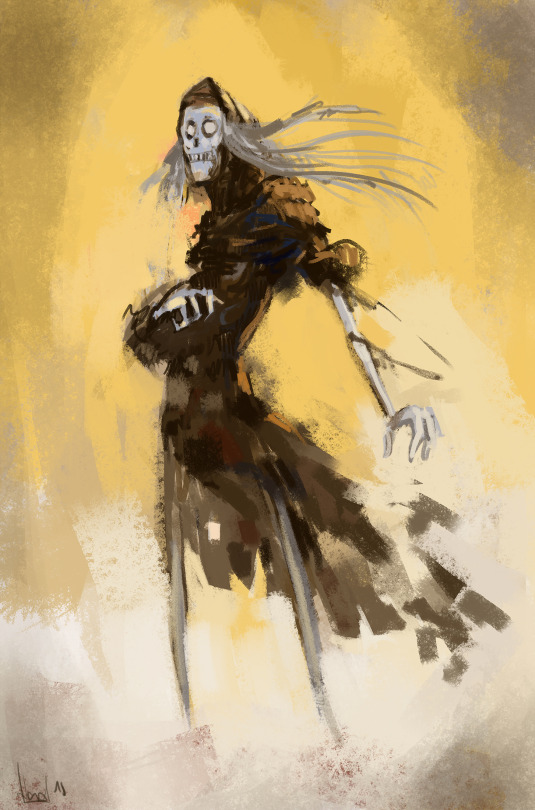
“Polednice” “Lady Midday” or “Noonwraith”/according CD PROJEKT RED/, now in color
249 notes
·
View notes
Photo
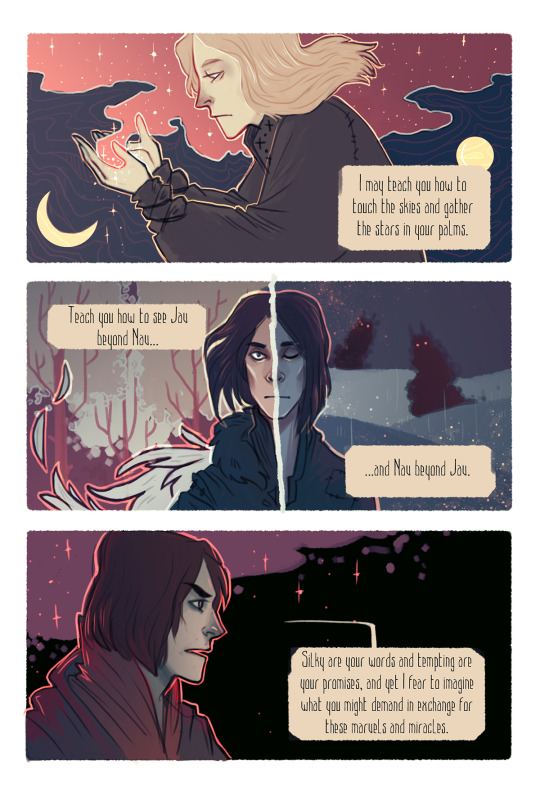
Comment: In slavic mythology, Jav and Nav are two worlds around us.
Yav is the material world in which we are right now. Gods, however, are equally part of Yav. Yav is contained within Nav. Nav is the immaterial world, the world of the dead.
from Wikipedia.
546 notes
·
View notes
Video
youtube
“The Golden Apple” trailer
“The Golden Apple” is a project for a action-adventure fantasy animated series, based on Eastern European folklore. Help us make this project a reality by by sharing out trailer with as many people as you can!
To find out more about our magic world and adventures, visit our website at: http://goldenappleseries.com/
Follow us on Facebook: https://www.facebook.com/goldenapples…
Twitter: https://twitter.com/goldenapple_TGA
332 notes
·
View notes
Photo

Rusalka (rus. русалка, the etymology is controversial), plur. “rusalki” (русалки) — female spirits associated with the water areas in slavic demonology, perhaps, one of the most well-known and complex сharacters in slavic folklore.
Theoretically, there is a huge group of slavic female mythological characters, which could be called “rusalka”, but in this description I have concentrated on the most famous “classic” version. Even though legends and theories on rusalki’s provenance and entity are numerous and controversial, most of the sources categorizes them as “unholy dead”, noting, however, their origin from much more ancient beliefs in kind water spirits. Being reborn as unholy dead (in this case, from the girls, who died before getting married, from drowned ones and suicidals), rusalki are known for their hostile attitude towards people, as much as for their playful and exuberant temper. It was believed, that walking nearby their territory all alone could be really dangerous — rusalki loved tickling to the death and drowning unfortunate strangers, collecting in this manner young girls and kidnapping lads they liked. Moreover, unlike most of the characters in slavic mythology, rusalki are known to be very sociable and live in groups, which makes it even harder to escape their treachery.
Those facts, however, did not prevent people from practicing numerous divinations involving rusalka. Besides, it was believed that certain herbs would scare of rusalki, along with other evil spirits.
Despite the common misapprehension (created by western culture influence), rusalki did not have a fish tail. They could be only spotted by their fairness, partial incorporeality of a spirit and, most importantly, long unbraided hair, sometimes with a strong green color (in slavic culture wearing loose hair had sacral meaning and was unacceptable in everyday life).
P.S. I could go on forever on this theme, for the descriptions of rusalka (as it was mentioned) are very controversial and tend to wary depending in a region.
1K notes
·
View notes
Photo


love letters: kupalo and kostroma ( x )
443 notes
·
View notes
Note
I'm from Poland and I love slavic mythology!! That's just so interesting, Gods and demons are something I'm really into~
I swear Poles seem to have the strongest presence on tumblr, haha. That's great!
64 notes
·
View notes
Photo
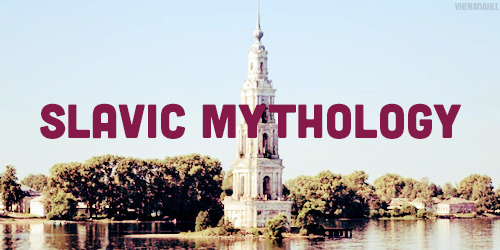

Mythology meme ~ One mythology ~ Slavic [1/1]
Perun pursues his serpentine enemy Veles, who slithers down over the earth. Veles taunts Perun and flees, transforming himself into various animals, hiding behind trees, houses, or people. In the end, Perun catches up with the dog Veles turned into. Perun does not actually destroy Veles, but simply returns him to his place in the world of the dead. Thus the order of the world, disrupted by Veles’s mischief, is established once again by Perun.
145 notes
·
View notes
Photo

Modern demonology: Chort
He was with you on that night when you got wasted and the evening when you tried smoking for the first time. He is the most handsome man you have seen, always in black, never sober, not that it stops him from driving his fancy cars way too fast. He does it no matter what you ask for, and now seems to own everything and everyone your life consists of - the house you live in, the liquor store where nobody notices your age, the jewellery you wear, your favourite night club, your friends, your thoughts. You ask how you can pay your debt - he chuckles, leaving another bruise on your frail body, and asks for your soul.
Requested by mothwinged
222 notes
·
View notes
Photo



Maidens of Myth -
Alternative Wives of Ivan Tsarevich and Koschei the Deathless
586 notes
·
View notes
Photo
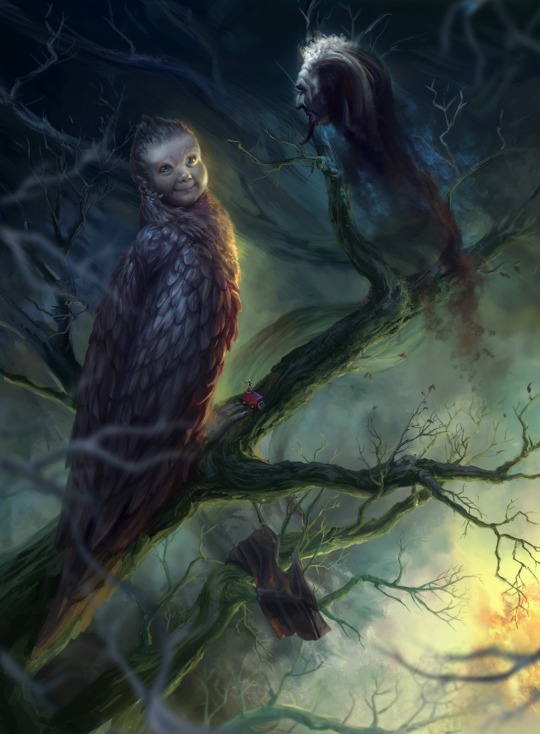
Slavic mythology from Poland [part 5/?] » LATAWCE / LATAWICE
On the picture: artwork by karoja-j.deviantart.com.
Latawce [pronounced la-tav-tse] and their female counterparts latawice [la-ta-vee-tse] were demons believed to be souls of the aborted or stillborn children, but also of people who died suddenly (for example hanged criminals). Originally, they weren’t seen as particularly hostile to people, though could be dangerous due to their restless nature, identified with the unpredictable forces of the wind.
Their appearance was resembling birds, particularly black ones like ravens or rooks. We could interpret that they were shapeshifting in nature, because many tales describe them with human parts (for example face or legs), or even looking like regular people, only with e.g. wings instead of arms. They were mostly night creatures, often arriving with winds, whirls, and storms. People also believed that latawce could die when hit by a lightning.
If bribed with the right offerings, spells and prayers, they could’ve become home spirits and help around the household, for example to guide moderate winds to the windmills. But an offended latawiec could become vicious - in some regions of Poland it was even believed that the fires started by lightnings were caused by these demons, and that they were seducing young people with their irresistible form of appearane, whispering in the winds and eventually driving their victims insane.
Due to the influence of Christianity in Poland, this folk belief was changing over the centuries: for example the origin myth of their creation started including also the unbaptized children. Restless nature of latawce was demonized, compared to devils, and overly sexualized. Still in early 20th century girls were warned not to go out alone on windy or stormy nights, because a latawiec could lure them and force to commit a “sin of impurity”. Over the time, the female verb latawica became even a popular synonym for a promiscuous woman in the Polish language.
The word latawiec in the modern Polish language means also a kite. They are derived from the verb latać meaning to fly.
My general list of sources / book recommendations [in Polish only].
Check also: błędne ogniki, płanetnicy, zmory, boginki.
548 notes
·
View notes
Photo
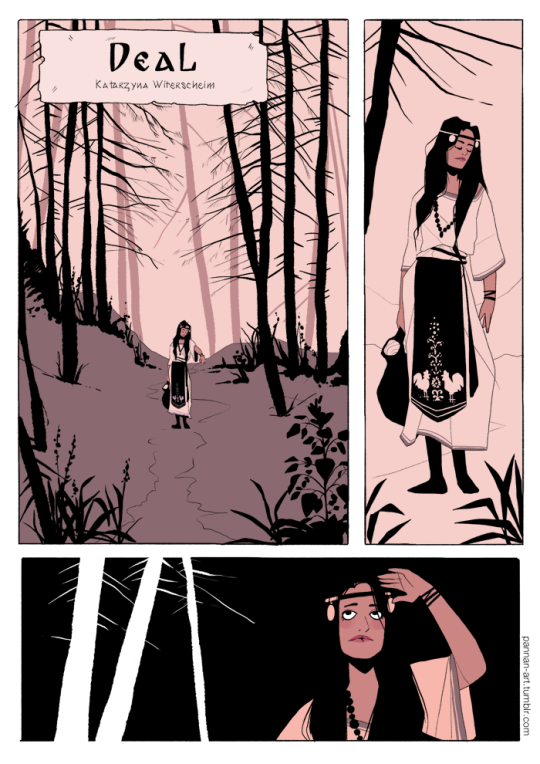
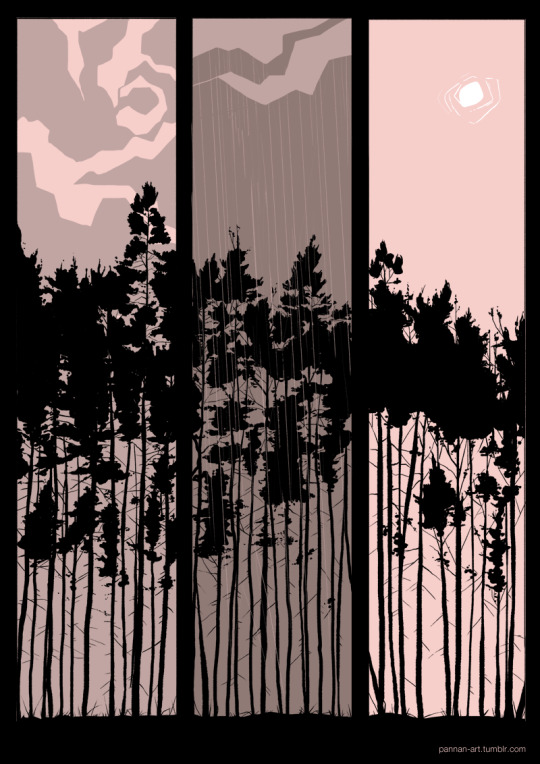
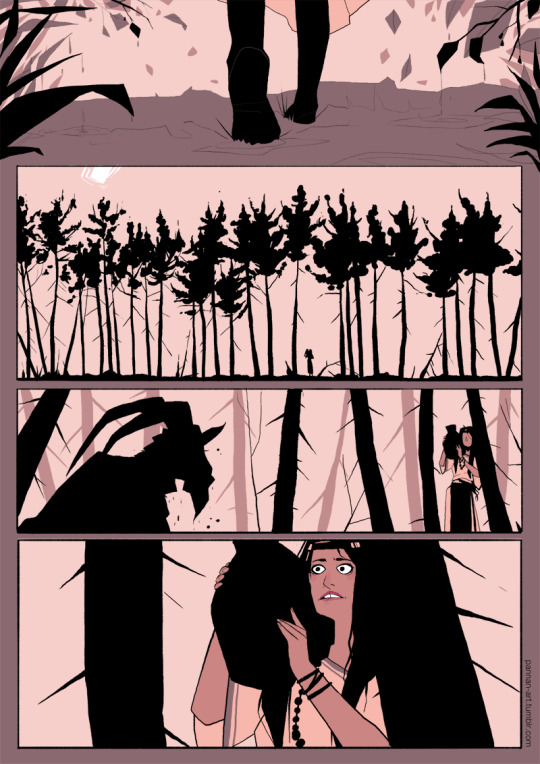
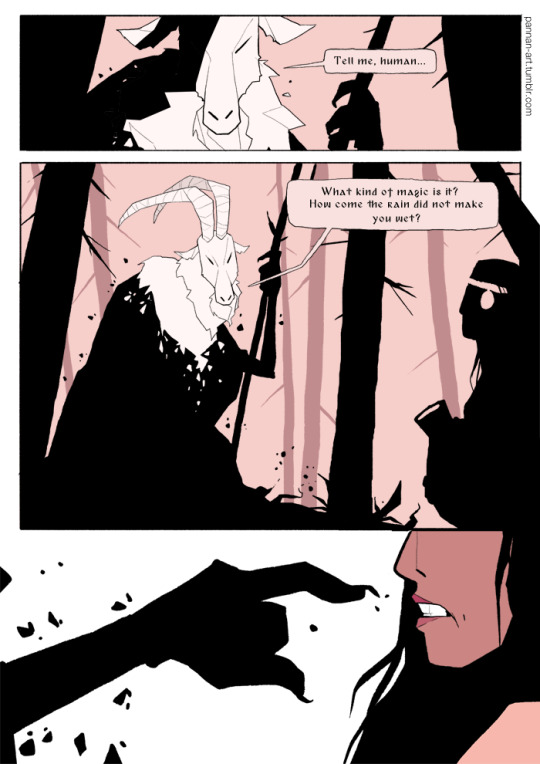
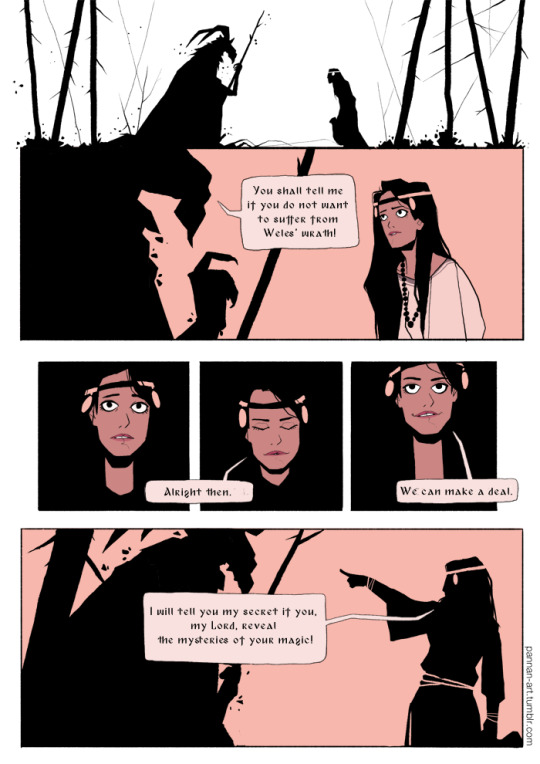

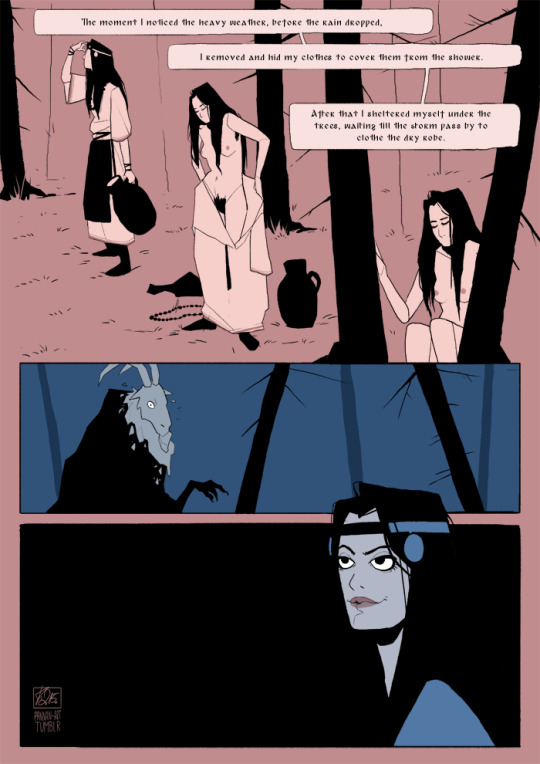
“Deal” by Katarzyna “Panna N.” Witerscheim (2015), story of the first witch - based on Slavic Mythology.
67K notes
·
View notes
Photo

Wilis, or Vilas, are vengeful Slavic witch-spirits; in life they were maidens deceived by lovers and died before their weddings. In death, they haunt the forest from midnight to dawn each night, forcing any man who wanders into their path to dance until he dies of exhaustion. Russian Vilas, like Valkyries, had charge of the rites of death and the guiding of souls. They came to be feared as the angry, dangerous souls of drowned women, who drew into the waters any heedless wayfarer who happened to see them dance by moonlight. (x)
2K notes
·
View notes
Photo
mythology meme | Slavic gods & goddesses - Morana
Morana is a Slavic goddess of winter and death, associated with rebirth of nature. She often appears in different guises but is described as a woman of dark hair and terrifying appearance, bringing famine and destruction wherever she goes. Her arrival was therefore expected with dread while her departure was celebrated with boisterous cheer.
Some legends suggest she seduced Jarilo (god of spring) while he was searching for his lost wife in the Underworld - Nav. Eventually grown bored with her lover, Morana attempted to poison him with the drink of oblivion but failed and escaped badly burned. Another myth brings Morana in connection with Voden, making them a divine couple of the Underworld. Voden and Morana drowned people in their dark waters. Slavs tried to propitiate them by sacrificial offerings.
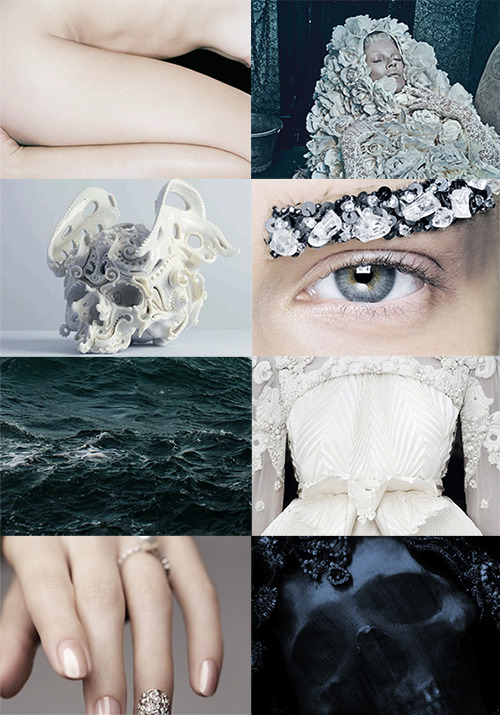
1K notes
·
View notes
Photo
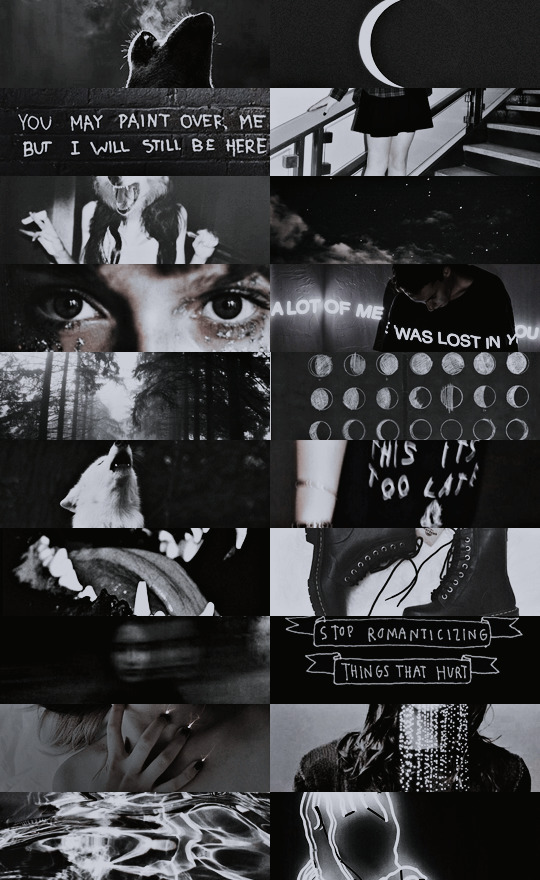
C R E A U T U R E S O F S L A V I C M Y T H O L O G Y;
wilkołak; vlkodlak; vilkolakis; оборотень; volkcxlovek;
lycanthropy is the result of a curse, repeat like an echo of medieval legend. It is often the punishment for infidelity of his wife. To the list of reasons can be added charm and magic, the latter attributed the up warlocks, and sorcerers.The transformation can take place also at his own request, just cross running water. Werewolf can also be child conceived on a day of sexual abstinence, especially on the Christmas Eve, Easter and Pentecost. Also had a good chance of a seventh son during baptism could harm a child, even the thought of werewolves. Criminals, sinners and heretics also waited wolf fate.
413 notes
·
View notes
Photo
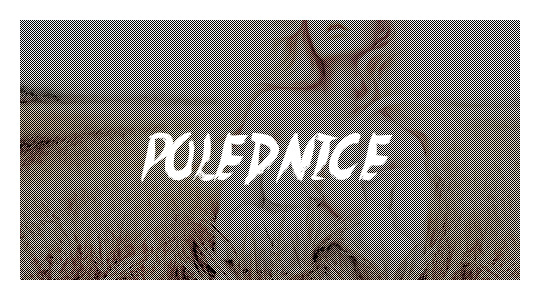
❝ —– THE REAL MONSTERS COME AT NOON. ❞
( x )
51 notes
·
View notes
Photo
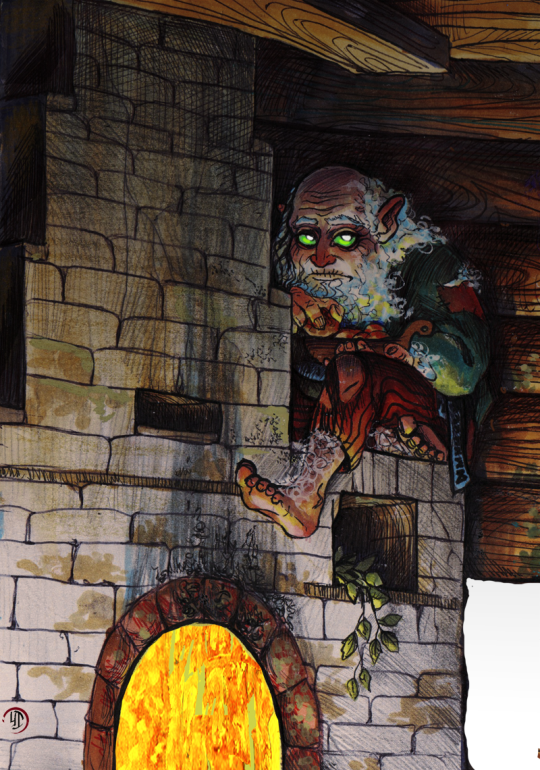
Domovoy (rus. домово́й, literally “[he] from the house”) — the main domestic spirit — the protector of the household and one of the most well-known pagan characters in slavic mythology. Domovoy has numerous names (which is typical for most of evil spirits), that refer to his place of inhabiting, his respectful status among people or his demonic nature. Primordially, the role of the protector of the family and household was associated with the progenitor of the family — a long gone ancestor, but with time all the individual traits had faded, and the generalized image of the spirit-Domovoy has been formed in the popular mind. This fact explains some human-like traits, uncommon for the evil spirits, — according to the legends, it is only a small size, big hands and bare feet that distinguish Domovoy from human. However, is is believed that there is almost no chance to see Domovoy in the flesh.
The prosperity, wealth and even health of the family members were thought to be dependent on Domovoy’s will, which is why there were loads of rituals and traditions performed to make Domovoy happy. It was believed that pleased Domovoy would help with household chores, keep the house safe from the rest of evil spirits, predict misfortune. Being tied to a place, Domovoy was unable to leave the house, and that’s why the family (with the help of rituals and gifts) tried to convince Domovoy to join them in case of resettlement. According to the lore, the abandoned Domovoy trapped in the old house might get truly evil (or even insane), bringing harm and danger to anyone entering the house, so moving out of the house with Domovoy was thought to be crucial. Here we can see an interesting parallel with bannik, whose resettlement with the family was also really important.
679 notes
·
View notes